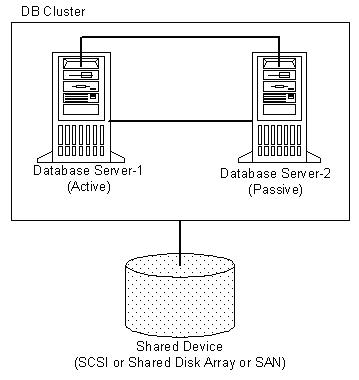
I see lots of questions that ask what is the "best" solution for some general problem. While there might be a best solution for your situation, there isn't a general best solution for most problems in SQL Server. There are trade-offs, and you should research them, understand them, and then make the best decision you can.
Clustering is the technology is seems most people have heard of, and it's the one that management usually wants IT people to implement. However it doesn't solve all high availability problems, and it's certainly not the "best" HA solution.
I have been seeing more and more posts on HA over the last 4-5 months, and that's good. It's about time that more and more people are taking HA more seriously, and more companies are looking to implement solutions. But as more companies look at these solutions, I think it means more "less experienced" people have to do the work, and often make the decisions about which technology to choose as well.
Clustering in SQL Server works well, and it does solve some HA problems. It ensures that your database fails over in the case of a hardware issue to the server. That doesn't extend to the disks since all the nodes of a cluster share the same disks. That can be an issue, and a few people have been bitten by this and had to explain to management why their very expensive cluster didn't protect against disk failure.
There are other pros and cons between clustering and other HA technologies in SQL Server, and if you have been tasked to implement some type of HA solution, I urge you to read that section in Books Online in its entirety, read as many articles on sites like Microsoft and SQLServerCentral, and even hir a consultant for a day or two to help you design a solution. There are even third party solutions that can supplant or enhance the native Windows and SQL Server clustering.
It's a complex technology, which has been made fairly simple to actually install in SQL Server 2005 and SQL Server 2008. The complexity, however is still there and without proper understanding, you might implement a very expensive solution that doesn't address your problem. Educate yourself on the options available and which one is the best solution for your situation.
Steve Jones
The Voice of the DBA Podcasts

The podcast feeds are available at sqlservercentral.mevio.com. Comments are definitely appreciated and wanted, and you can get feeds from there.
You can also follow Steve Jones on Twitter:

![]()
or now on iTunes!
![]()
- Windows Media Podcast - 19.7MB WMV
- iPod Video Podcast - MB MP4
- MP3 Audio Podcast - 4.2MB
Today's podcast features music by Everyday Jones. No relation, but I stumbled on to them and really like the music. Support this great duo at www.everydayjones.com.
I really appreciate and value feedback on the podcasts. Let us know what you like, don't like, or even send in ideas for the show. If you'd like to comment, post something here. The boss will be sure to read it.



